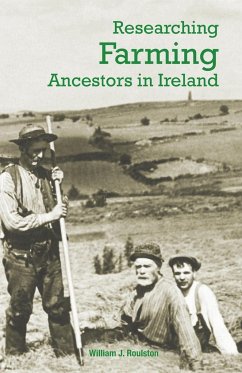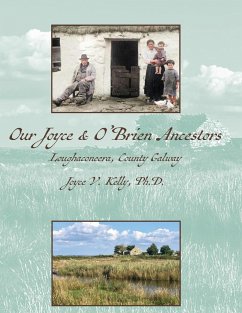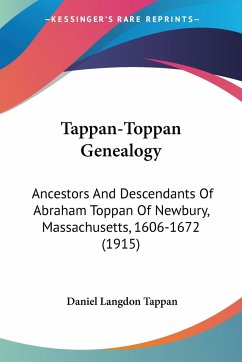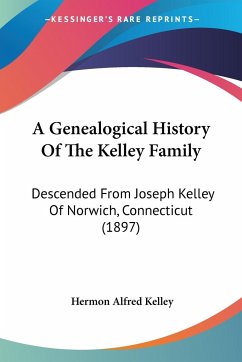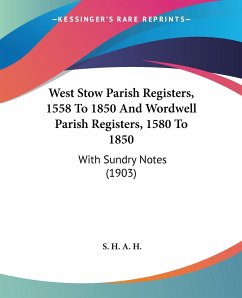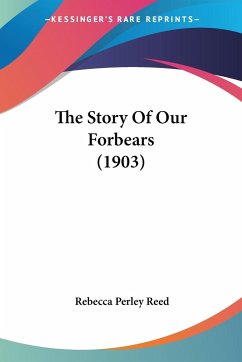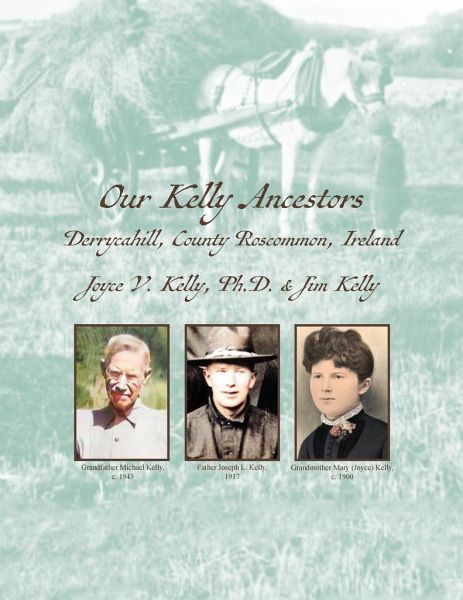
Our Kelly Ancestors
Derrycahill, County Roscommon, Ireland
Versandkostenfrei!
Versandfertig in 1-2 Wochen
20,99 €
inkl. MwSt.

PAYBACK Punkte
10 °P sammeln!
Our Kelly Ancestors by family historian Joyce V. Kelly, Ph.D. and her brother Jim Kelly, will inspire and guide you to transition from conducting genealogical research to sharing your findings. Whether you are new to genealogical research or highly experienced, the authors will show you how to collect, document, and share information about your Irish ancestors. Our Kellys lived on the family farm in Derrycahill, County Roscommon from at least the early 1800s until 1999. Joyce and Jim collected information about these ancestors before and after they emigrated to the United States. Several Kelly...
Our Kelly Ancestors by family historian Joyce V. Kelly, Ph.D. and her brother Jim Kelly, will inspire and guide you to transition from conducting genealogical research to sharing your findings. Whether you are new to genealogical research or highly experienced, the authors will show you how to collect, document, and share information about your Irish ancestors. Our Kellys lived on the family farm in Derrycahill, County Roscommon from at least the early 1800s until 1999. Joyce and Jim collected information about these ancestors before and after they emigrated to the United States. Several Kellys stayed on the family farm in Derrycahill, County Roscommon, but the farm was abandoned in 1999, when John Kelly, our first cousin once removed, died. John was the last of our close relatives to remain in Ireland. This family history shows how to use church and civil records, maps, images, and stories to build and document family trees; to describe the lives of 19th century Irish tenant farmers; and to develop a social history of the cultural, economic, and religious environment in which ancestors lived. Our Kelly Ancestors also displays simple autosomal DNA analyses to help build and validate family trees and to identify and confirm potential Most Recent Common Ancestors. Further, the authors analyze Jim's big Y-700 DNA test results to identify tentative locations of our Kelly male line for thousands of years.



